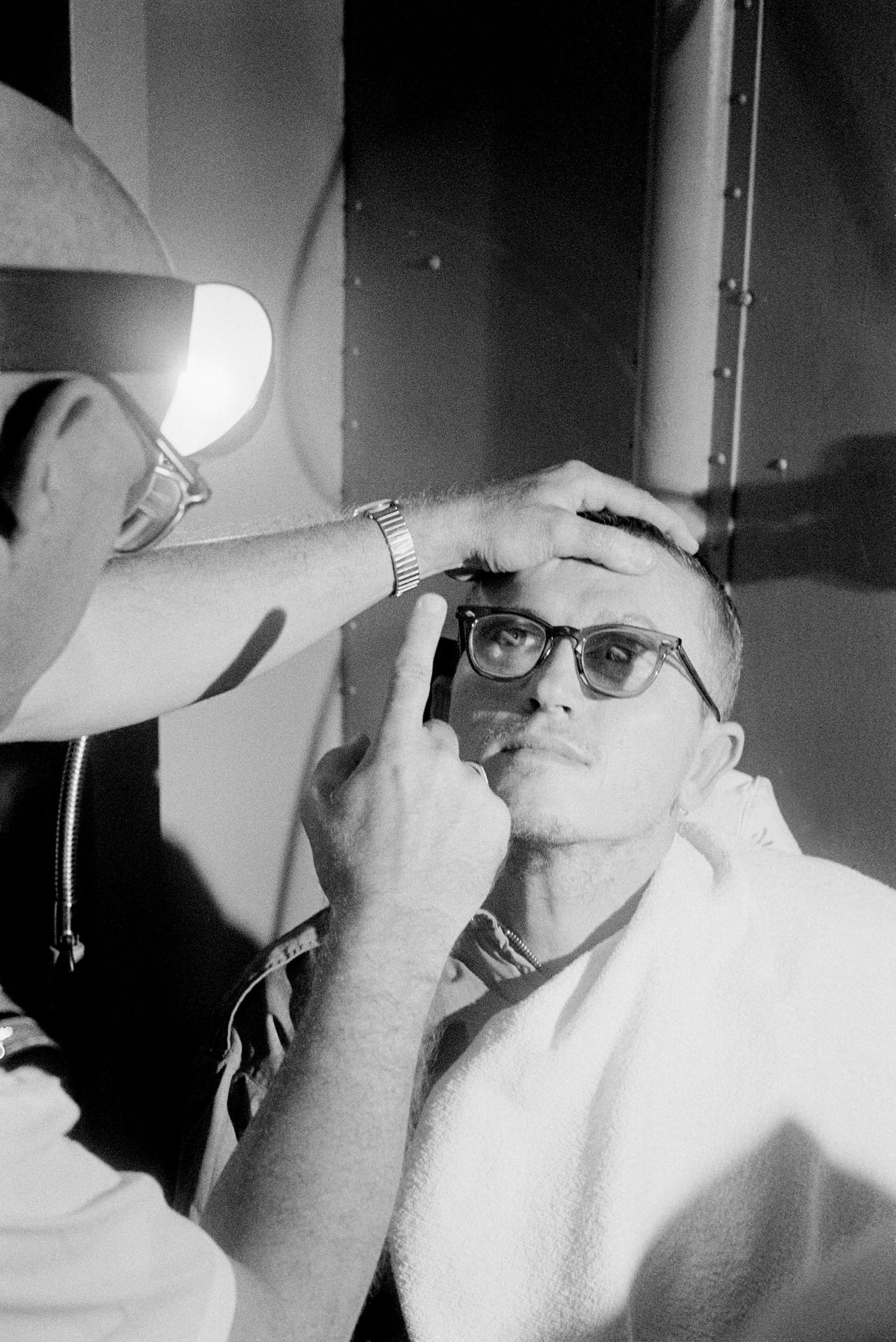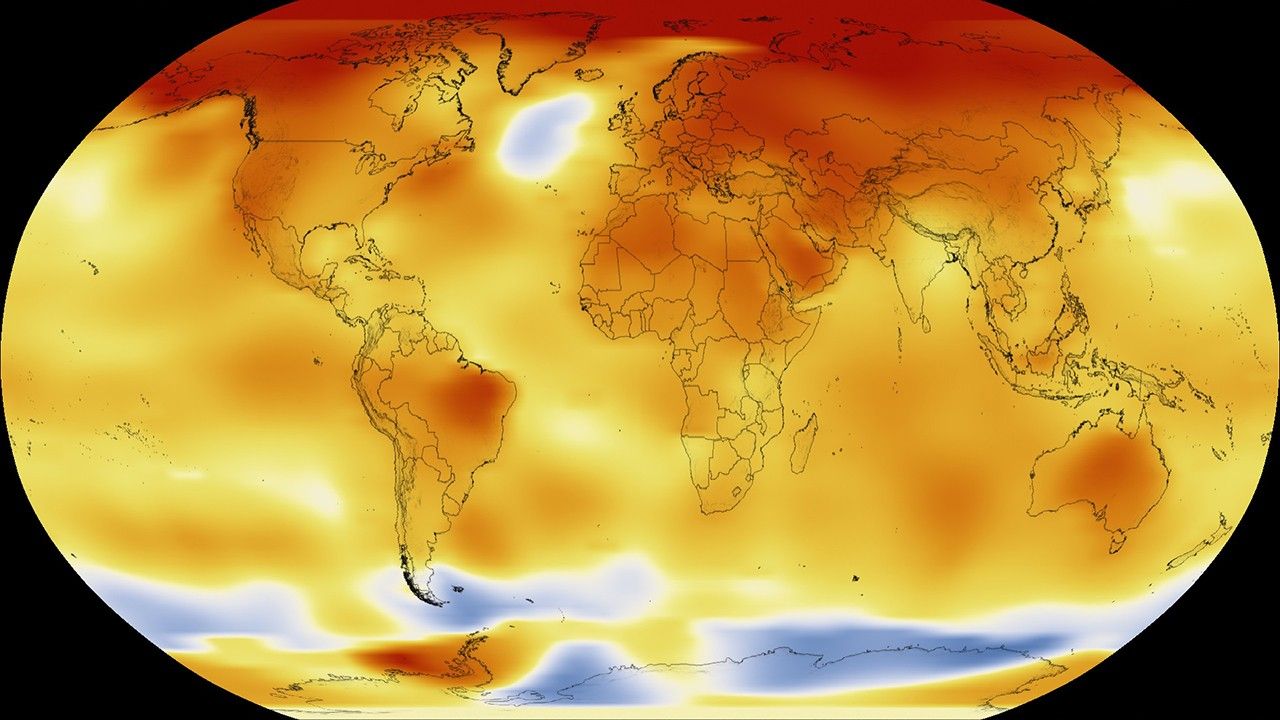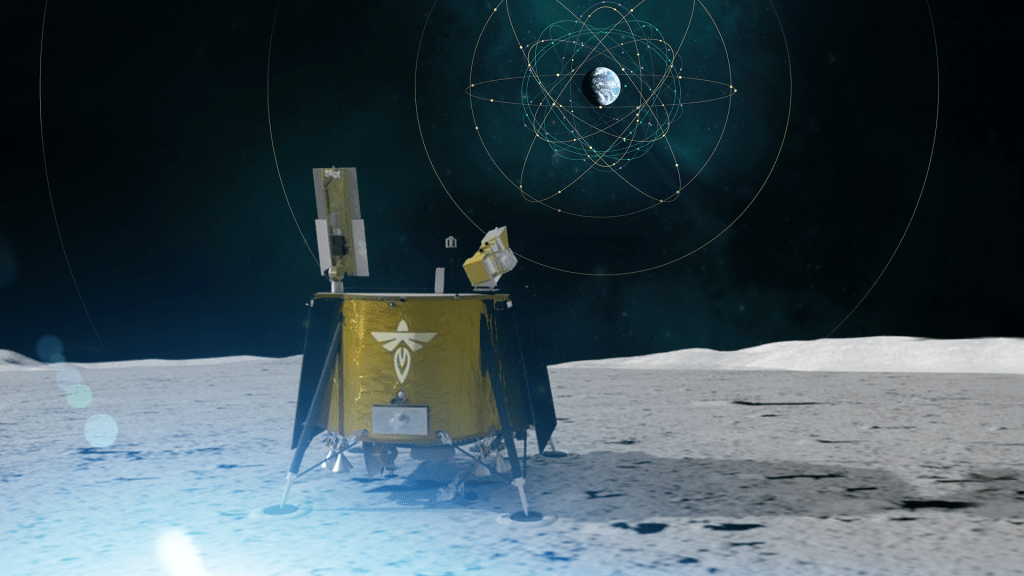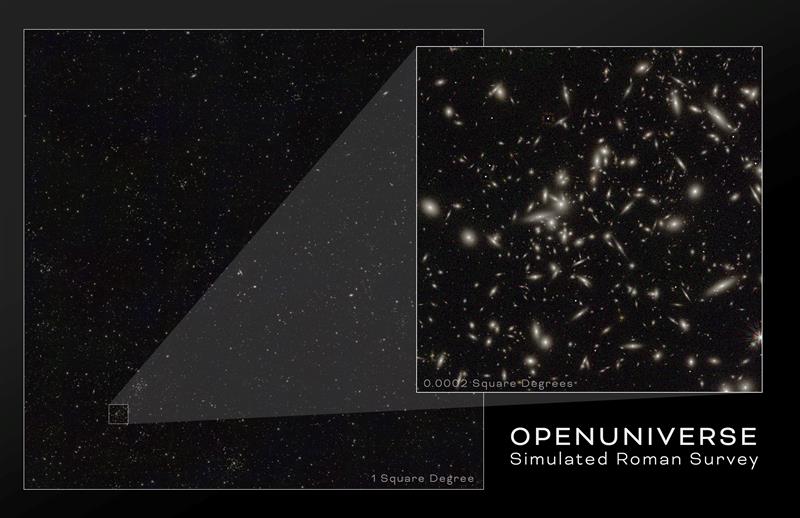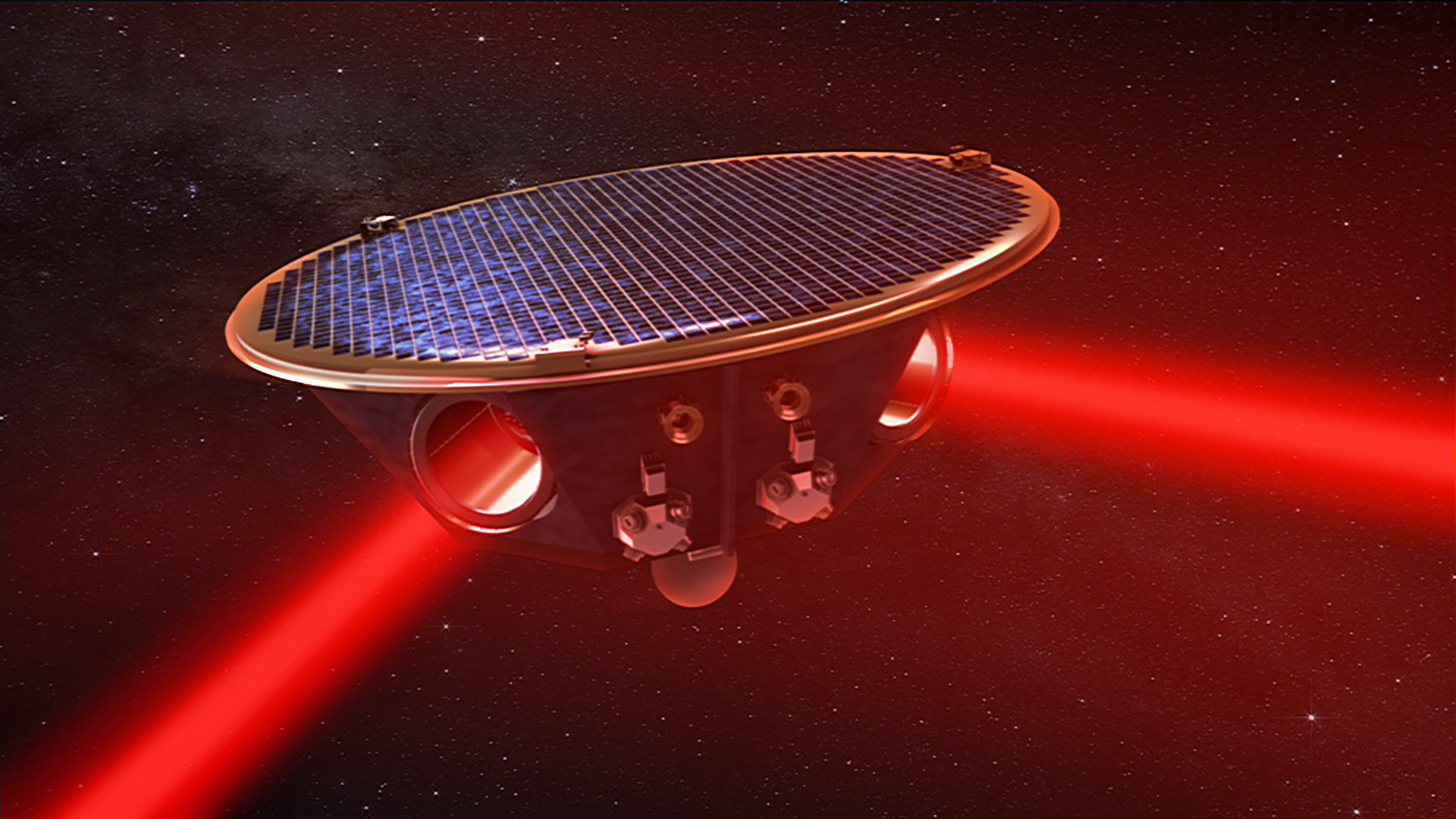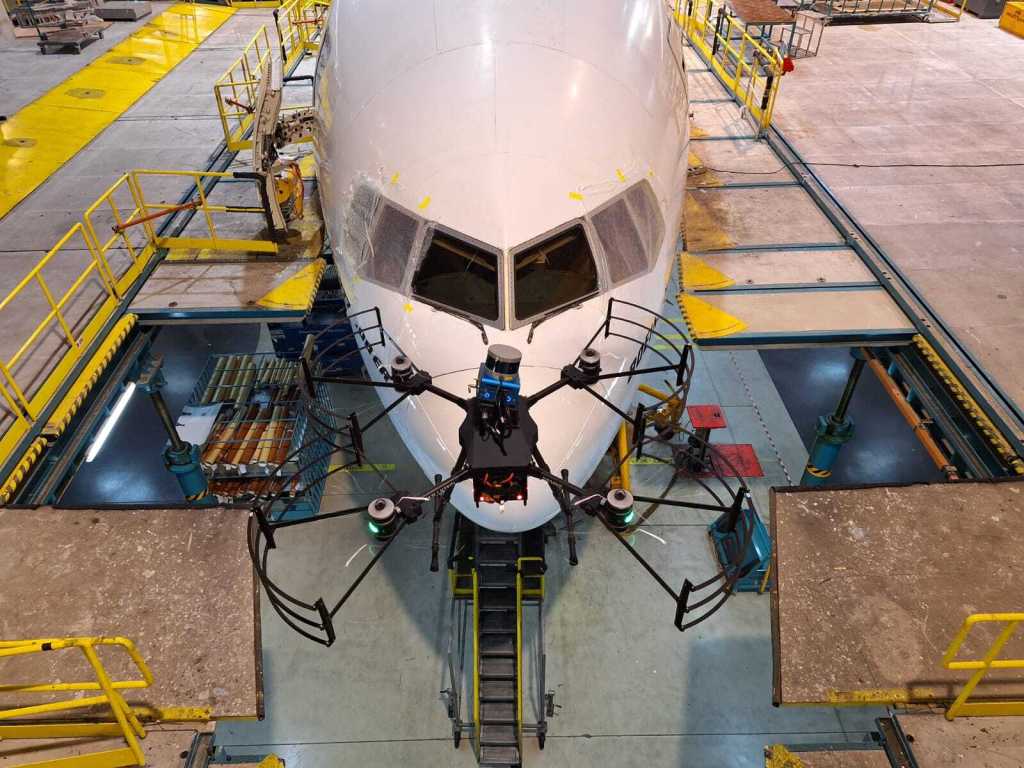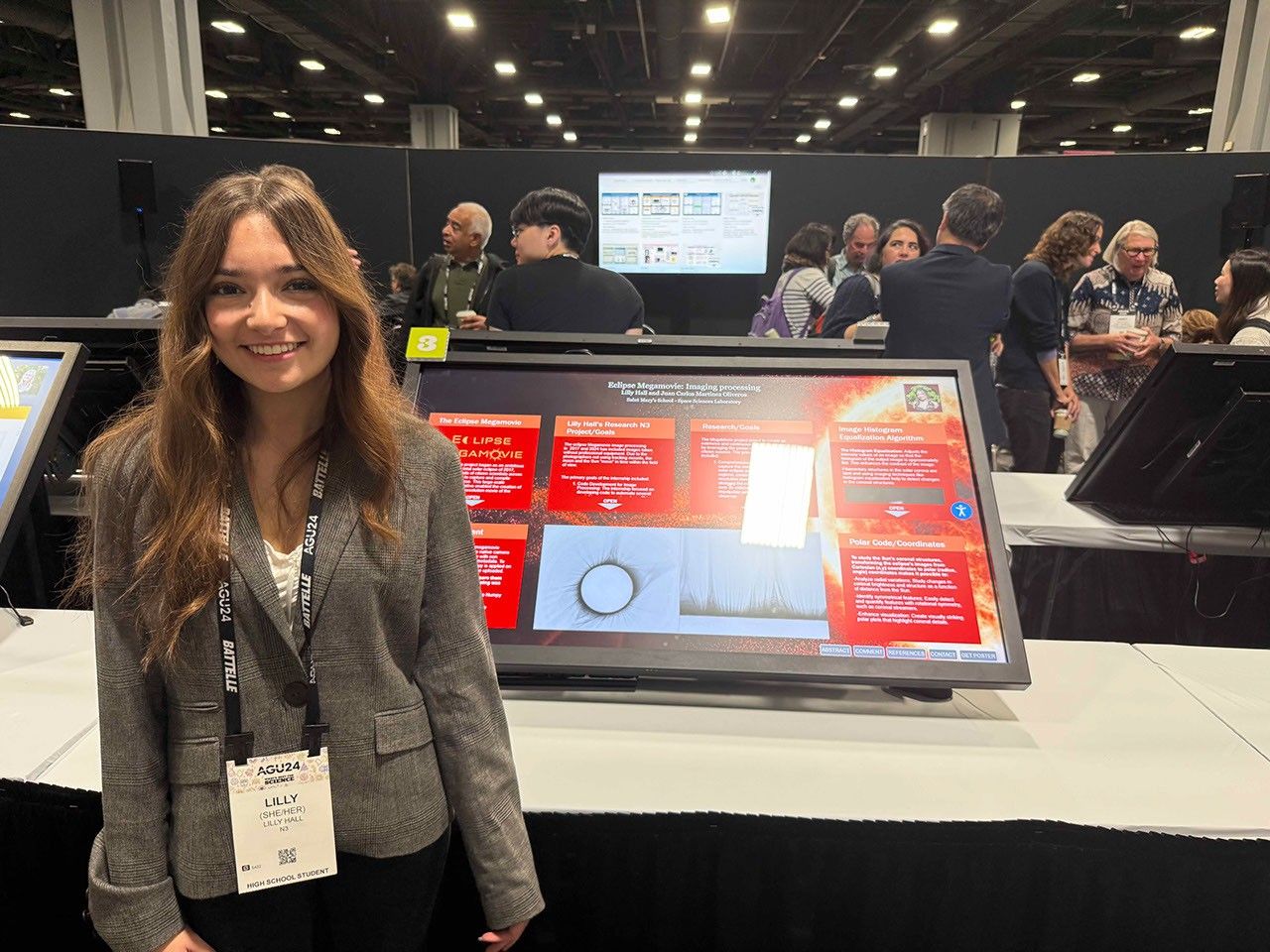Mikela Ritter
Stanford University
Objectives of the proposal include determining materials and fabrication techniques of efficient, space-rated electroadhesion (EA) pads. EA as a spacecraft docking mechanism requiring minimal power uses an electrostatic force produced with adjacent planar electrodes. An electric field across the electrodes, generates an electrostatic adhesion phenomenon. For the purpose of space application, aluminum electrodes and space-rated insulating materials should be considered including Kapton polyimide and polypropylene. Liquid metals, including gallium-indium alloy, as electrodes embedded in an insulating polymer in various patterns will be studied in a vacuum environment, and optimized for application in spacecraft docking, astronaut space suits, and spacewalk gripper devices. Further, this study will characterize materials and fabrication techniques for EA cloths applied as spacecraft blankets with dual purpose of protecting exposed spacecraft surfaces in a space environment and adhesively attaching to objects through a control system. Methods and techniques to accomplish these objectives include primarily fabricating stretchable EA pads with liquid metal and EA cloths for space application. Fabrication will be in collaboration with the Stanford Nanofabrication Facility. Additionally, collaboration with the Stanford Research Institute on electrode patterns will advance the efficiency of EA pads. Fabrication of stretchable EA samples consists of elastomers as insulating materials and liquid metal or conductive polymers as electrodes. Multiple electrode patterns for each combination of insulating material and electrode material will be fabricated. Static response tests will determine the maximum shear force between EA samples and substrate materials, chosen as common materials found in a space environment. Measurements will be acquired with a load cell. Dynamic testing will be conducted at Stanford University in the Autonomous Systems Laboratory with testbeds of three degrees of freedom. Further, the samples will be designed in geometries specific to applications in orbital debris collection blankets, astronaut gripper devices, and spacecraft docking. EA prototype devices will be tested in the Stanford Product Realization Lab vacuum chamber. Finally, EA devices will be launched and tested on-orbit. This study has perceived significance pertaining with NASA interests, specifically on TABS element 4.6.3 in using EA technology as a docking and capture mechanism. As a lightweight, low cost, and low power alternative to traditional mechanical docking mechanisms, EA mechanisms in alignment with TA 4.6.3.1 will be integrated as docking and automated rendezvous systems. Advancing scientific knowledge of EA effects, this technology provides alternative capture devices for future Mars missions, specifically for the Human Exploration and Operations Mission Directorate, and current space walks on the ISS. Additionally, EA grippers and grabber claws may be used by astronauts on spacewalks to maneuver or collect rocks for scientific studies on Mars. With application in spacecraft docking, orbital debris mitigation, and space walk devices, the fabrication of stretchable EA samples and EA cloths has broader impact in the benefits to the advancement of space technology.






